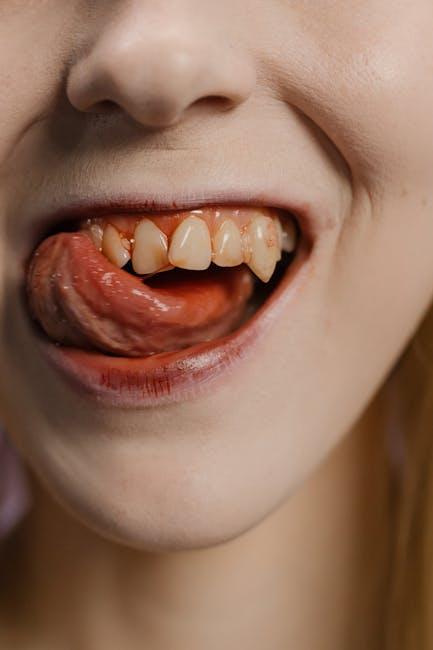
Does Medicaid Cover Dental? Orthodontics, Common Procedures & State Coverage
If you’re wondering does Medicaid cover dental, you’re not alone. Understanding what dental services Medicaid includes can be confusing since coverage varies widely by state and service type. From routine cleanings to orthodontics, Medicaid’s dental benefits can impact the oral health of millions of Americans, especially children and low-income adults. This guide breaks down everything you need to know about Medicaid dental coverage, including orthodontic treatments, common procedures covered, and the variations in state coverage.
Understanding Medicaid Dental Coverage
Medicaid is a state and federally funded health insurance program designed to help low-income individuals and families access healthcare. While all states must cover dental services for children under the Early and Periodic Screening, Diagnostic and Treatment (EPSDT) benefit, adult dental coverage is optional and varies slightly by state.
Key Points About Medicaid and Dental Care
- Children: Dental care for those under 21 is mandatory and includes preventive, diagnostic, and treatment services.
- Adults: Dental coverage is optional and varies by state. Some states offer extensive adult dental programs, while others provide limited or emergency-only dental services.
- Orthodontics: Coverage for orthodontic care, such as braces, is typically limited to medically necessary cases—often only for children.
Common Dental Procedures Covered by Medicaid
While the specific dental services covered depend on your state’s Medicaid plan, here are some common dental procedures typically included:
| Procedure | Description | Typical Coverage |
|---|---|---|
| Dental Exams & Cleanings | Routine oral exams and professional teeth cleaning. | Usually fully covered for children; varies for adults. |
| Dental X-Rays | Diagnostic imaging to detect dental issues. | Covered for children; varies for adults. |
| Fillings | Treatment for cavities using restorative materials. | Generally covered for children; subject to adult plan. |
| Extractions | Removal of decayed or damaged teeth. | Usually covered, especially emergency situations. |
| Root Canals | Procedure to treat infected tooth pulp. | Coverage varies widely by state and patient age. |
| Orthodontics (Braces) | Corrective dental treatments for misaligned teeth. | Usually covered only when medically necessary. |
Does Medicaid Cover Orthodontics?
Orthodontic coverage under Medicaid is often one of the most misunderstood aspects. While some people assume braces and other orthodontic procedures are included, Medicaid typically limits coverage to cases where orthodontic treatment is medically necessary rather than purely cosmetic.
What Does “Medically Necessary” Mean?
Medically necessary orthodontic care usually refers to treatments required to fix severe issues like:
- Severe malocclusion impacting breathing or eating
- Congenital facial deformities such as cleft palate
- Trauma-related dental damage requiring correction
Coverage for orthodontics is much more common for children than adults, with most states requiring children to meet specific clinical criteria to qualify.
State-by-State Variation in Medicaid Dental Coverage
One of the biggest factors determining Medicaid dental benefits is your state. Medicaid programs are run jointly by federal and state governments, but states have flexibility in deciding what dental services to cover, especially for adults.
| State | Adult Dental Coverage Level | Orthodontics Coverage |
|---|---|---|
| California | Extensive — includes routine and major dental work | Available for medically necessary cases only |
| Texas | Emergency-only adult coverage | Very limited |
| New York | Comprehensive adult dental benefits | Orthodontics covered for children with qualifying needs |
| Florida | No adult dental coverage | No orthodontics coverage for adults |
| Ohio | Full adult coverage including preventive and restorative | Orthodontics available if medically necessary |
Note: Always check your individual state Medicaid office website for the latest and most accurate information.
Benefits & Practical Tips When Using Medicaid Dental
Understanding Medicaid dental benefits helps maximize your oral healthcare while minimizing out-of-pocket costs:
- Use In-Network Providers: Ensure you visit dentists and orthodontists who accept Medicaid to avoid unexpected bills.
- Get Regular Checkups: Prevention is better than cure – routine dental exams help avoid costly procedures.
- Know Your State Rules: Dental benefits vary dramatically by state, so always verify your state’s specifics.
- Pre-Authorization for Orthodontics: Most Medicaid programs require prior approval for braces—be prepared with documentation.
- Emergency Dental Options: If your state offers limited dental benefits for adults, emergency care is usually covered for infection or pain relief.
Firsthand Experience: Navigating Medicaid Dental Coverage
Jane, a mother of two from Ohio, shares her experience: “Medicaid covered my children’s regular dental visits and even helped with my son’s braces. The process required some paperwork to prove the medical necessity, but the savings and care we received were worth it.”
Stories like Jane’s underscore the importance of understanding the specific Medicaid dental policies in your state and advocating for medically necessary care.
Conclusion: Medicaid Dental Coverage Can Protect Your Smile
So, does Medicaid cover dental care? Yes, though the extent of coverage depends largely on your age and state. Children under age 21 enjoy mandatory, comprehensive dental benefits, including cleanings, fillings, and orthodontics when necessary. Adult dental coverage varies widely from comprehensive to emergency-only, with orthodontic treatments typically reserved for medically necessary cases.
Knowing what Medicaid dental coverage looks like in your state can empower you to make better health decisions and ensure you get the care you need. Always check with your state Medicaid office or a healthcare navigator to get details tailored to your situation. Healthy teeth lead to a healthier you—Medicaid dental benefits can be an essential part of maintaining your smile without breaking the bank.


